Image Gallery: Digging Up a Cemetery in Dakhleh Oasis
Ancient cemetery

Archaeologists discovered the remains of a toddler in Romano-Christian-period cemetery in Dakhleh Oasis, Egypt, who showed evidence of child abuse. Here, mud bricks for two tomb structures in the cemetery. In the foreground, several excavated graves can be seen.
Kellis 2
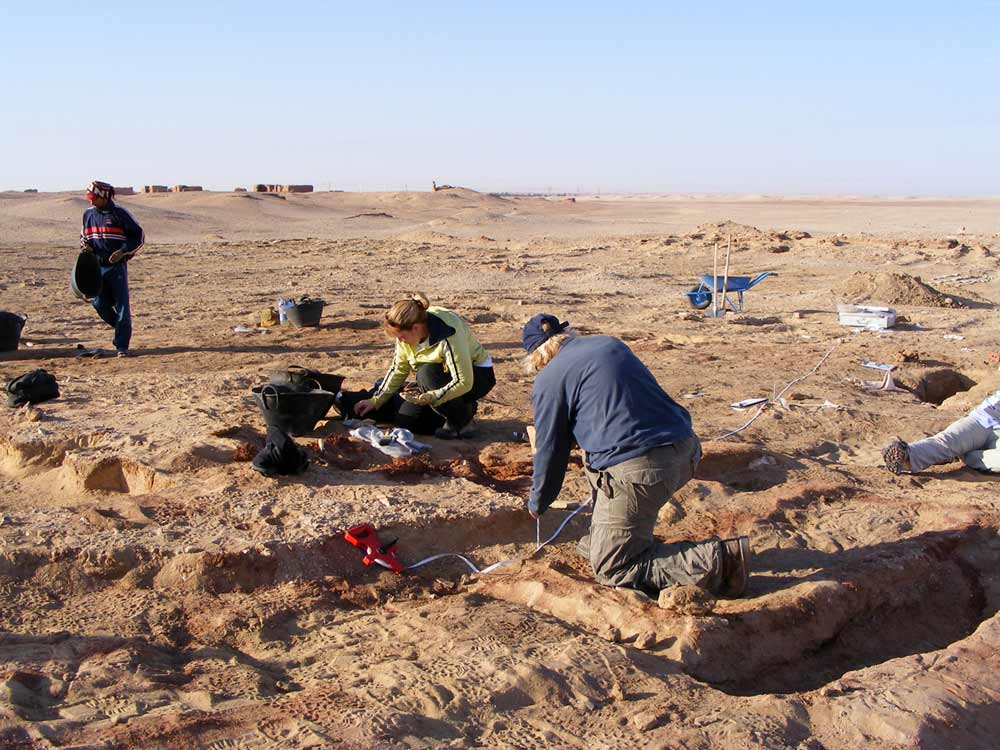
The Kellis 2 cemetery where the toddler was found is located in the Dakhleh Oasis town of Kellis (southwest of Cairo). Here, excavations of the Kellis 2 cemetery with the town of Kellis in the background.
Burial 519

When the researchers came across the abused toddler, labeled "Burial 519," in Kellis 2, nothing seemed out of the ordinary at first. But when they began brushing the sand away, they noticed prominent fractures on the child's arms. The excavated in situ burial of 519 shown here.
Fracturing
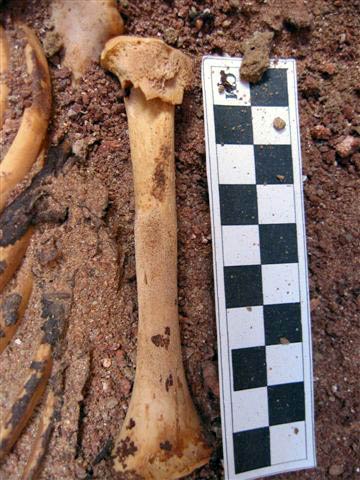
The toddler's remains showed a complete transverse fracture of left humerus with some new bone growth, indicating some healing took place several weeks prior to death.
Evidence of abuse
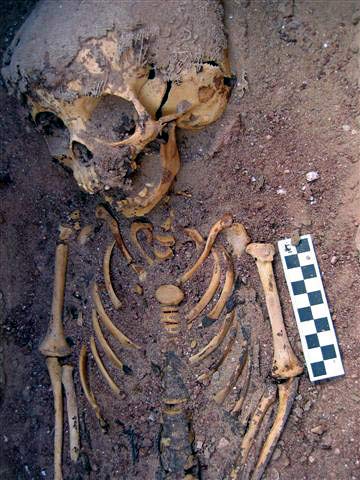
Close-up of upper body of burial 519, the 2,000-year-old remains of the abused toddler in Egypt.
More fractures
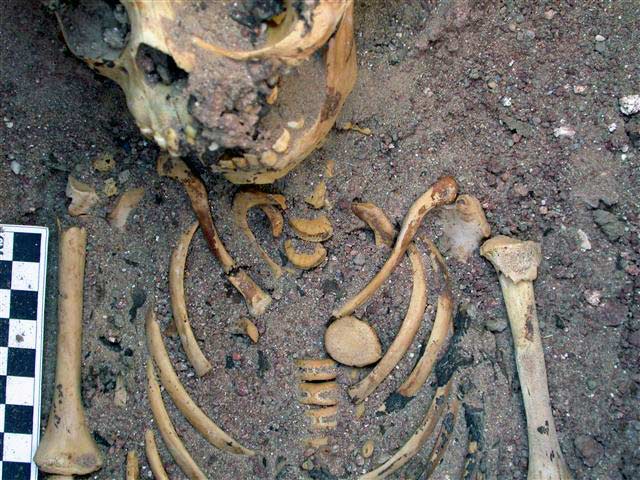
Close-up of excavated in situ burial 519 showing both humeral fractures and clavicle fracture.
Healing before death

Photograph & radiograph of left humerus showing complete transverse fracture & new bone growth, indicating some healing took place several weeks prior to death.
Get the world’s most fascinating discoveries delivered straight to your inbox.
Mandible

The archaeologists estimate the toddler in the Egypt grave was 2 to 3 years old at death. Here, a radiograph of mandible showing dental calcification of deciduous (baby) and permanent (adult) teeth. When skeletonized, young children are generally aged using the development of the teeth.
Collarbone

Photograph & radiograph of clavicle (collarbone) showing complete fracture. Splintering of bone with no new bone formation indicates this fracture occurred at or around the time of death, some 2,000 years ago.
Toddler skull
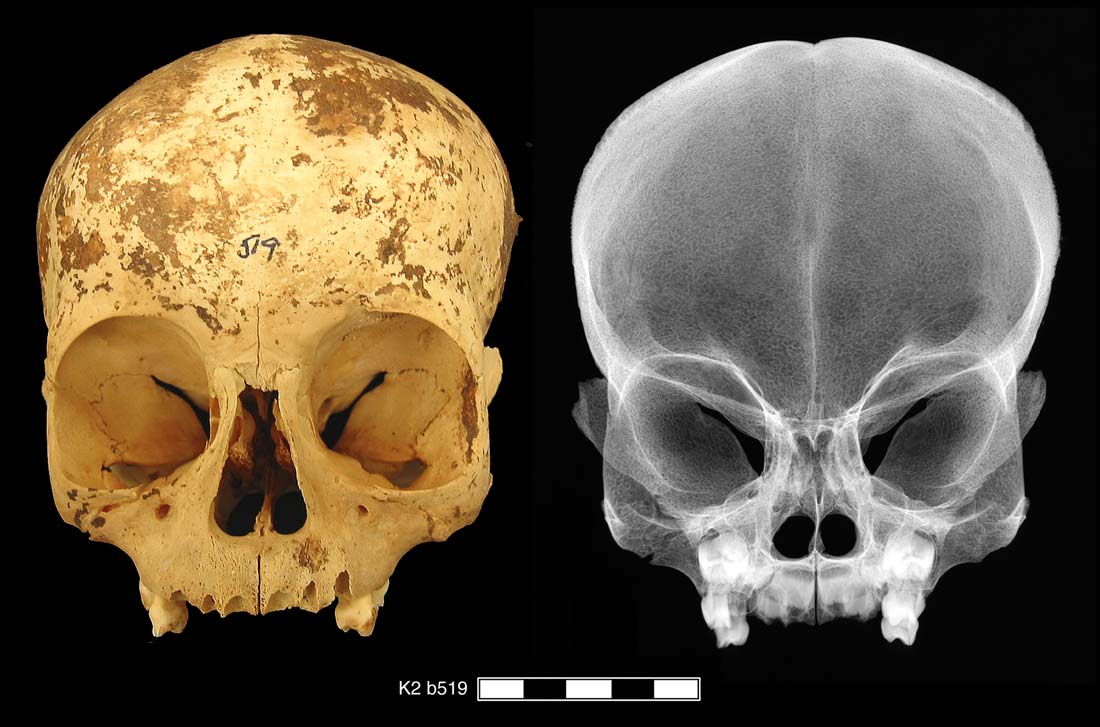
Photograph & radiograph of the frontal portion of the skull of the abused toddler from the cemetery in Kellis.
 Live Science Plus
Live Science Plus






